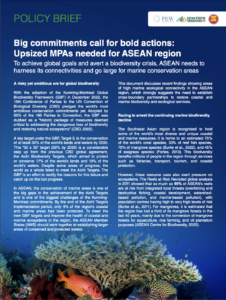Unique Flora: Wetland sedge, reeds and evergreen flora growing in natural floating islets like Oryza hydrophasia, Chirugus granulate, Dalbergia spinosa, Hypericum prunizolium, Colladium sp., Desmodium oblongum, Enhydra fluctuans, Panicum sarmentosum; Salix tetrasperma, Ficus sp., Crataexa nurvala, Mitragyna parvizolia, and Salmalia malabarica syn Bombax malabaricumg rowing in shallower water or on the shores; rare medicinal orchids
Unique Fauna: Fish species like ngapweh (Chaudhuria caudata) and ngaku-shinpa (Silurus burmanensis; migratory bird species like the sarus crane (Gru santigone), purple swamp hen (Porphyrio porphyrio) and black-winged stilt (Himantopus himantopus); resident birds and other species such as the lesser whistling ducks(Dendrocygna javanica); pheasant-tailed jacana, cattle egret (Bubulcus ibis), purple heron and little comorant (Phalacrocorax niger); greater spotted eagle (Aquila clangga); Indian shimmer (Rynchops alhicolia)
Habitat Types: Wetland; natural floating islets; swamp forest; evergreen and deciduous forest; grassland; pine forests






























